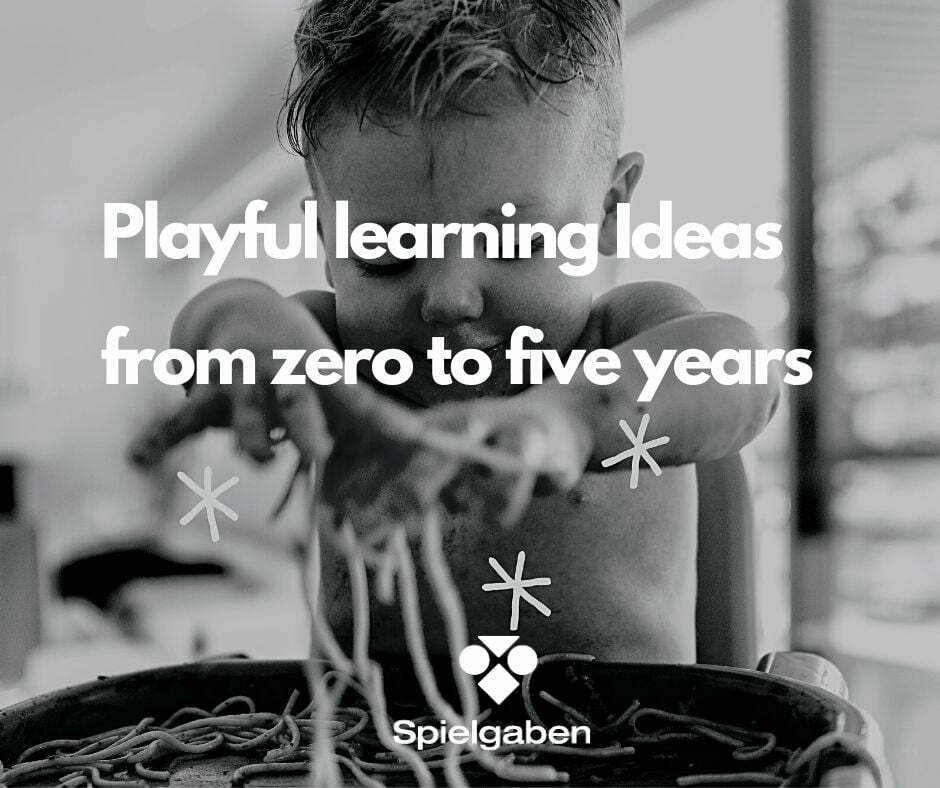The Double-Edged Sword of Technology: Helping Your Child Thrive Offline
In today’s fast-paced digital age, technology is a double-edged sword for our children. While it has the potential to make life easier and more efficient, it might also hinder the critical development of young brains. As parents, understanding and balancing the benefits and drawbacks of digital technology is crucial.
The Dual Nature of Digital Technology
Digital technology—smartphones, tablets, and computers—holds immense potential. These devices allow our children access to infinite information and can simplify everyday tasks. We rely on technology to assist with homework, research, and even manage our schedules. At first glance, this might seem liberating; however, it also comes with significant drawbacks.
Outsourcing Brain Functions
When children frequently outsource basic memory tasks to their devices—such as remembering phone numbers or basic math operations—the brain’s memory functions may atrophy, similar to how an unused muscle might weaken. This passive reliance on devices for memory can lead to diminished memory retention skills in children.
Impacts on Cognitive Abilities
Dr. Daniel J. Levitin, a noted neuroscientist, suggests that constant task-switching—from homework to social media notifications—can drain the brain’s energy. This leaves children feeling stressed and mentally exhausted, ultimately hindering their learning abilities. Furthermore, the quick access to internet opinions can erode critical thinking skills. Children tend to consume content that aligns with their pre-existing beliefs, thereby weakening their capacity to analyze and judge information independently.
Encouraging a Healthy Digital Diet
Given these challenges, how can parents help their children develop their learning abilities while still embracing necessary technology?
1. Set Screen Time Limits: Establish clear boundaries for device usage, especially during homework and family time. Encourage breaks that allow your child’s mind to rest and recover from digital overload.
2. Create Tech-Free Zones or Times: Designate areas or specific times of day as tech-free. For example, make dinnertime and bedtime device-free zones. This can encourage children to engage in conversations or dive into creative play.
3. Encourage Active Learning: Motivate your child to actively solve problems without immediately turning to technology. This can be as simple as encouraging them to recall information or engage in deduction before resorting to a device.
4. Diversify Information Sources: Teach children to seek diverse perspectives and verify information from multiple reliable sources to hone their critical thinking skills.
5. Promote Creative Offline Activities: Foster hobbies that require focus and creativity, such as drawing, reading, or building models. Encourage your child to explore interests outside of the digital world. One good option is to let your child play and learn with physical medium such as open ended tools.
6. Be a Role Model: Demonstrate healthy technology habits. Show your children how you balance the use of technology in your own life, and involve them in tech-free activities together as a family.
Encourage Mindful Digital Use
The way we interact with technology sets a powerful example. By modeling mindful tech habits and encouraging a balance, we can help our children develop essential skills and cognitive abilities that will serve them throughout their lives. Here are some practical suggestions:
– Practice Mindfulness with Devices: Teach children to be aware of how they use their devices and to understand their feelings after certain activities. Do they feel better or worse after scrolling through social media? Awareness is the first step towards managing digital wellbeing.
– Encourage Exploration and Curiosity: Encourage your child to be curious and ask questions. Whether it’s about how things work or the world around them, fostering a love for inquiry can stimulate intellectual growth and creativity.
– Quality Over Quantity: Focus on the quality of digital interactions instead of the quantity. Engage in meaningful activities, such as watching educational documentaries or participating in virtual workshops.
Conclusion
Digital technology will, no doubt, continue to play a significant role in our lives and those of our children. The key lies in managing its use to enrich our children’s learning experiences rather than diminish them. As parents, guiding our children through this digital landscape with intentionality and mindfulness can help them develop into thoughtful and innovative thinkers. By setting boundaries, encouraging critical thinking, and promoting diverse activities, we can ensure our children grow up as well-rounded individuals ready to face a technology-driven world.













LEAVE A COMMENT